RobotLAB Blog
Everything You Need To Know About Robotics in Businesses
How Robots Can Help and Simplify Processes on Education
By David Walker
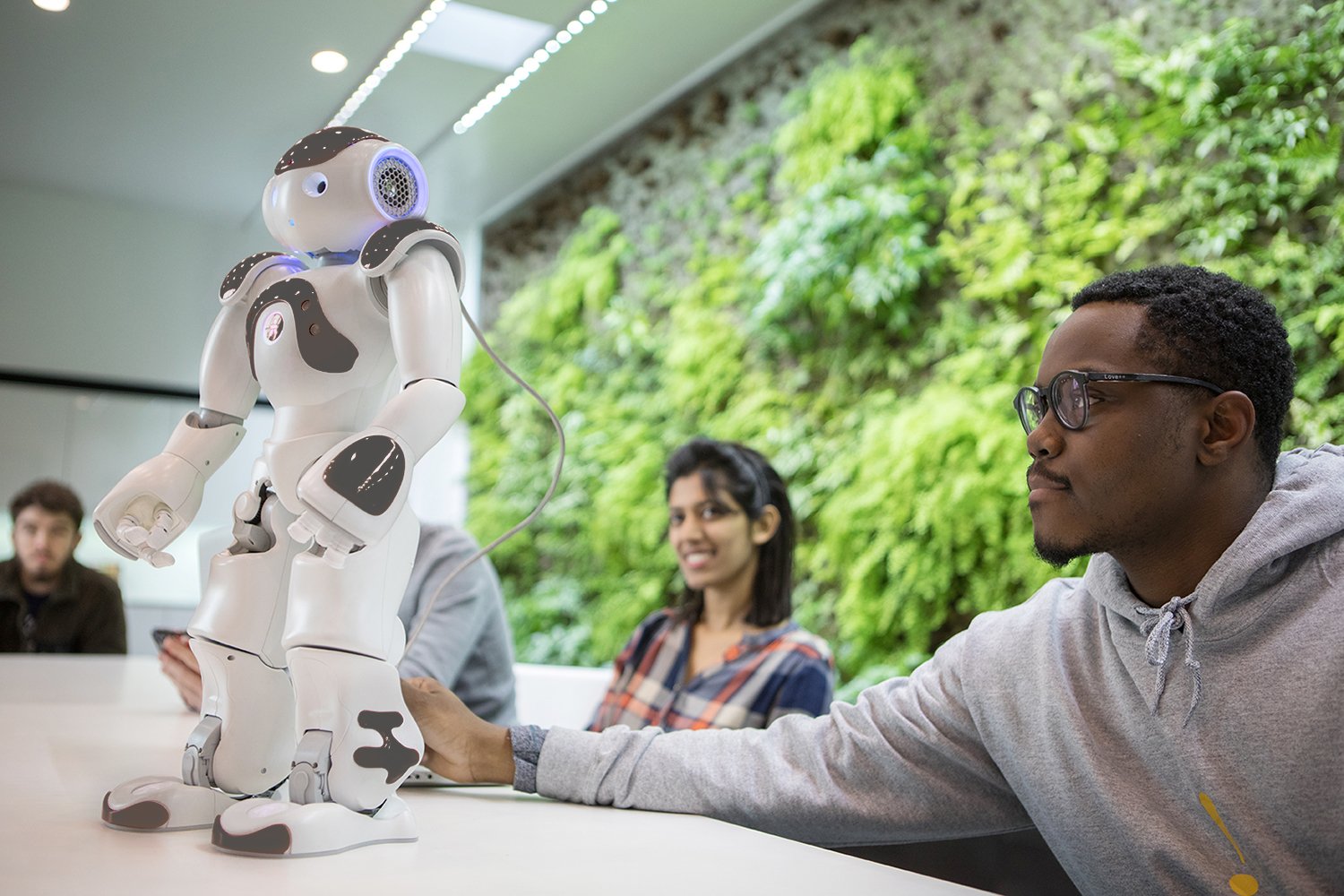
Robotization allows people to more efficiently perform routine tasks. Rapid technological changes that we had in the last decade must increase the range of automated systems’ possibilities. This cannot but affect the student’s curriculum. Most countries, such as the USA, Korea, China, Turkey, are increasingly investing in STEM. This is the right strategy because innovation is everywhere around us.
Robotic systems are becoming more common every year. Such machines are useful for people of different specialties and students. So we decide to find out how advanced systems can affect the quality of education. This is an important issue for business leaders, students, and teachers who will need to improve their lectures.
There are thousands of enthusiasts who are confident that the time has come for AI systems. But that's not so clear considering the hardware costs. Of course, most students can use programmed robots in computer science lessons or during coaching.
- 0 Comments
- Aug 26, 2021 10:00:00 AM
- Posted by Maria Alejandra Calcetero
- Topics: Robotics, STEM, Education, Curriculum, Robots,, Learning, Innovation, Makerspace, Educators, teaching, distance learning, Automation, Online Learning
Back to school 2021/2022: predictions and expectations
 Photo by Paul Siewert on Unsplash
Photo by Paul Siewert on Unsplash
A new academic year is beginning soon. While the global pandemic seems to have become more manageable at the time of writing, this back-to-school season won’t certainly be like any other. Let’s take a closer look at some predictions, expectations, and considerations for the 2021/2022 school year.
With almost two years in a row of unusual learning, this Autumn will probably feel like a breath of fresh air. All things considered, teachers, students, and administrators will most likely get familiar with a new normal rather than returning to a long-awaited back to normal. And this doesn’t necessarily mean bad news.
Technology has surely allowed schools and teachers to overcome several challenges of the remote learning scenario. Plus, it has proven to be particularly effective in supporting students during such a challenging period. The demand for digital classrooms significantly increased in the past year, setting in motion a major revolution in the educational landscape. The “age of remote learning” taught us several valuable lessons we mustn’t forget as we approach the new academic year.
- 0 Comments
- Aug 25, 2021 10:00:00 AM
- Posted by Maria Alejandra Calcetero
- Topics: Robotics, STEM, Education, Curriculum, Robots,, Learning, Innovation, Makerspace, Educators, teaching, distance learning, Automation, Online Learning, Educational Robots, schools
3 Ways STEM Learning Supports the Future of Work
 Photo by Mira Kireeva on Unsplash
Photo by Mira Kireeva on Unsplash
Learn how educators are using STEM learning to frame their classrooms around student success now—and in the future.
- 0 Comments
- Aug 24, 2021 10:00:00 AM
- Posted by Maria Alejandra Calcetero
- Topics: Robotics, STEM, Education, Curriculum, Robots,, Learning, Innovation, Makerspace, Educators, teaching, distance learning, Automation, Online Learning, Educational Robots, schools
AI Role in E-Learning Applications
By Ibrahim Ismail
.jpg?width=1920&name=web-3963945_1920%20(1).jpg) Image by Gerd Altmann from Pixabay
Image by Gerd Altmann from Pixabay
Many definitions defined artificial intelligence since the theory of AI comes on the surface. However, it keeps changing with time, but the definitions are generally used to describe AI. Likewise, AI is a study of developing intelligent systems and machines. Moreover, the devices can work and behave like humans. There are plenty of machines that have been designed in an approach of AI. There are two types of AI weak AI, and the other one is strong AI.
Firstly, let's discuss weak AI, which is also known as narrow AI. It's an intelligence that performs some specific task. It allows building some special applications. Some applications have been developed in weak AI logic, For instance, Apple Siri and Amazon Alexa.
Secondly, strong AI or you can call it artificial superintelligence. It promotes the idea of a machine to perform equal to the human. Similarly, this machine is equipped with self-aware consciousness, which can think, behave, and resolve issues like humans, such as science fiction, the superhuman, or a supercomputer.
Moreover, AI also refers to terms like Machine learning and Deep learning, but they are not the same. Meanwhile, ML is a subdivision of AI and DL is a sub-region of ML. ML is the most familiar type of AI. The essential use of ML is to transfer data quickly.
Similarly, mobile application development for e-learning is a path of the future that keeps evolving. Every mobile application development company is keen on learning AI and including it in their app developing strategy.
Meanwhile, AI can be learning as a machine that has a consciousness and problem-solving sense resemble approaches like humans. These attributes make it separate from other devices.
- 0 Comments
- Aug 23, 2021 10:00:00 AM
- Posted by Maria Alejandra Calcetero
- Topics: Robotics, STEM, Education, Curriculum, Robots,, Learning, Innovation, Makerspace, Educators, teaching, distance learning, Automation, Online Learning, Educational Robots, schools
Ensuring That All Students Can See Themselves in STEM
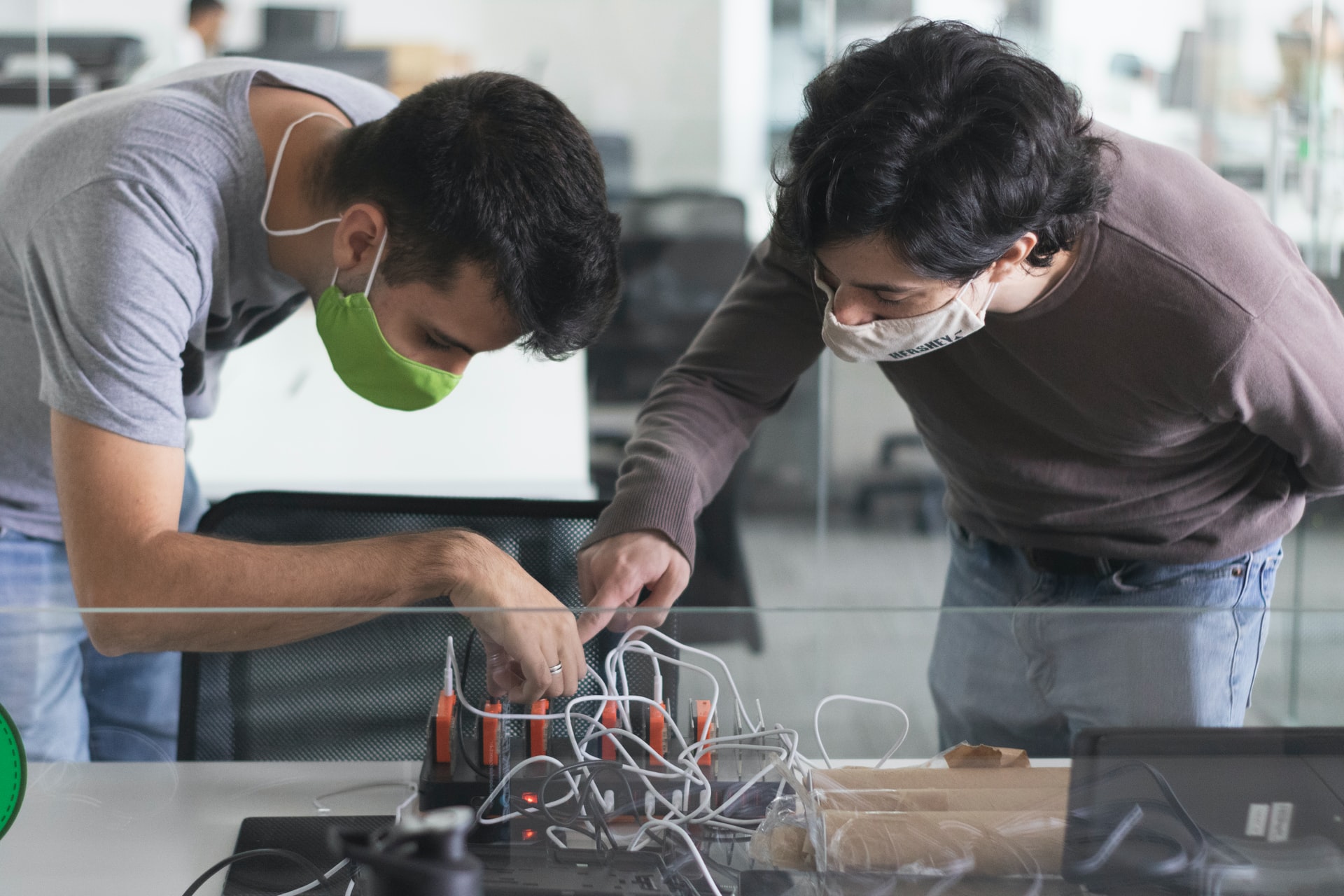 Photo by Marília Castelli on Unsplash
Photo by Marília Castelli on Unsplash
Meeting professionals of color in science, technology, engineering, and math can be a game-changer for high school students.
- 0 Comments
- Aug 20, 2021 10:00:00 AM
- Posted by Maria Alejandra Calcetero
- Topics: Robotics, STEM, Education, Curriculum, Robots,, Learning, Innovation, Makerspace, Educators, teaching, distance learning, Automation, Online Learning, Educational Robots, schools
3 Ways to Build Better Edtech Processes for Teaching and Learning
By Maxwell Witt
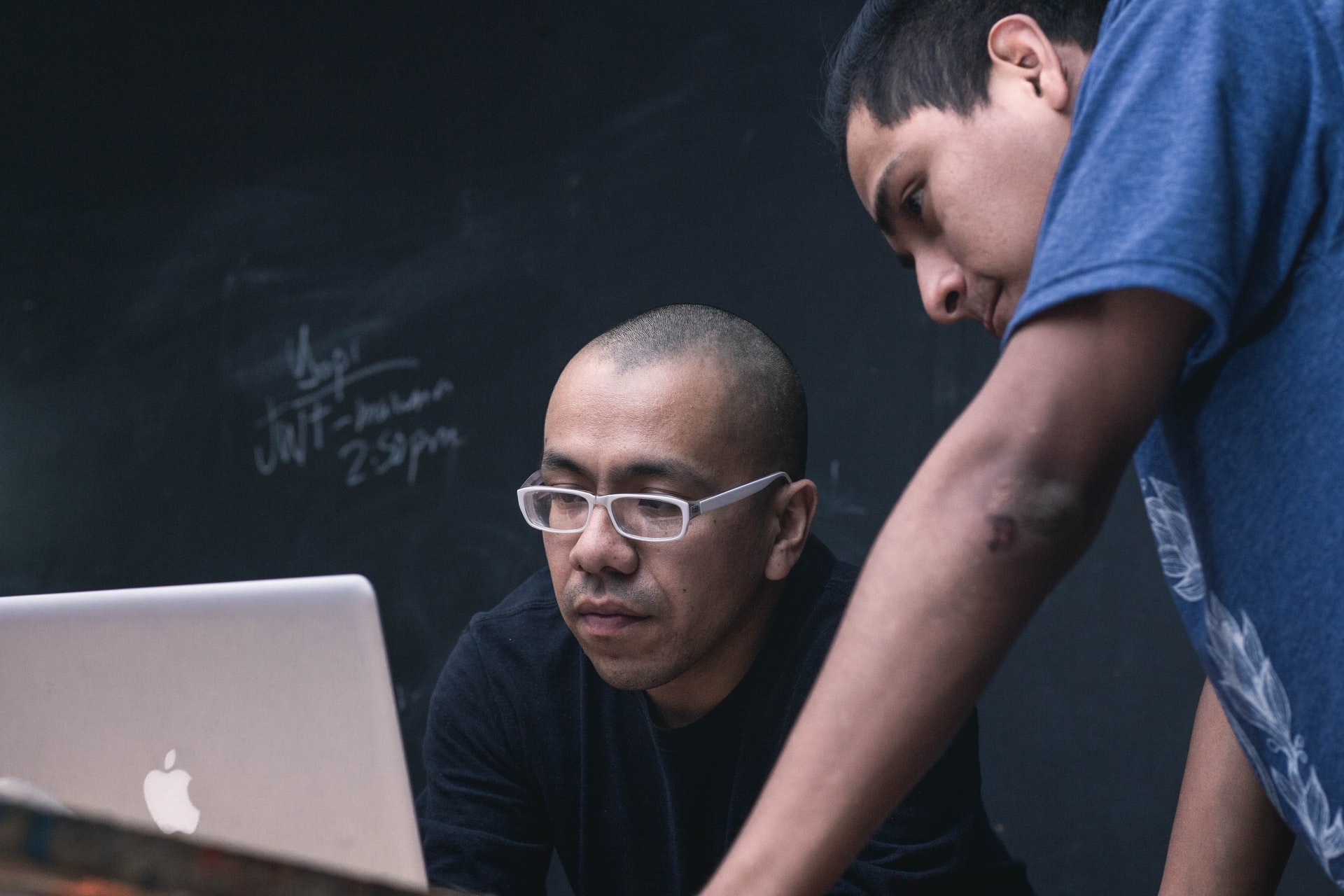 Photo by jose aljovin on Unsplash
Photo by jose aljovin on Unsplash
Burnout in the education system highlights the importance of technology integration to improve edtech processes.
- 0 Comments
- Aug 18, 2021 10:00:00 AM
- Posted by Maria Alejandra Calcetero
- Topics: Robotics, STEM, Education, Curriculum, Robots,, Learning, Innovation, Makerspace, Educators, teaching, distance learning, Automation, Online Learning, Educational Robots, schools
Two Ways Using Educational Robotics In Schools Saves Teachers Time For Creative Work
By Amanda Dudley
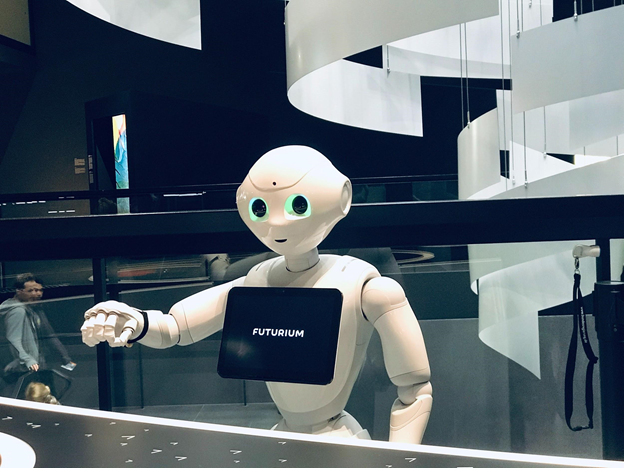 Photo by Fitore Fazliu on Unsplash
Photo by Fitore Fazliu on Unsplash
As a teacher, what would you give to have a few extra hours in your workweek for yourself? A few extra hours during which you can put your feet up and complete that novel you've been working on for months.
This sounds like a dream that may never come true unless you discover a magical lamp with a genie trapped inside it. Nevertheless, thanks to technology, this dream is gradually coming to life.
In today's world, educational robots are a phenomenon that's rapidly infiltrating the educational system. More and more teachers are integrating robotics into STEM classes and even art lessons, making the learning process more seamless and fun.
However, this educational revolution offers other benefits for overworked teachers. Recent studies have shown that robotics in education can help teachers save time, and we'll show you how in a bit.
- 0 Comments
- Aug 17, 2021 10:00:00 AM
- Posted by Maria Alejandra Calcetero
- Topics: Robotics, STEM, Education, Curriculum, Robots,, Learning, Innovation, Makerspace, Educators, teaching, distance learning, Automation, Online Learning, Educational Robots, schools
How to Teach 3D Printing in Distance-Learning Classrooms
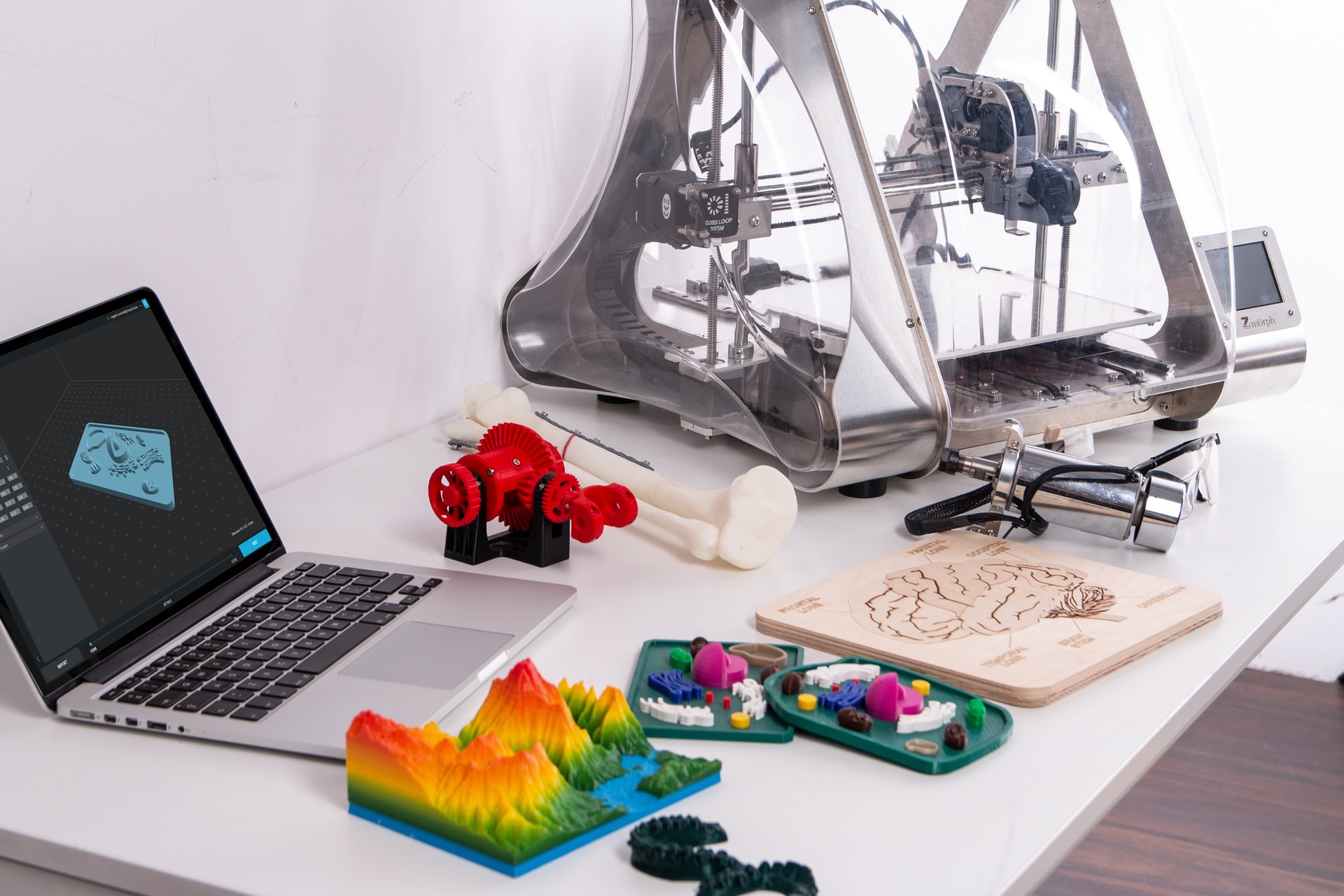 Photo by ZMorph All-in-One 3D Printers on Unsplash
Photo by ZMorph All-in-One 3D Printers on Unsplash
As 3D printing technology continues to develop, it’s no surprise that more educational institutions are teaching students how to use it to their advantage.
3D printing is found in various career fields, so introducing children to it at a young age can help them identify what they’d be interested in doing as they grow older. Educators must be trained and informed about this technology to pass their knowledge on to generations that will eventually make up the workforce.
As the pandemic continues to impact all facets of our lives, some K-12 schools are adopting hybrid learning models — where students participate both in-person and online. Many educators had to learn new technologies to accommodate this change and adapt to new learning platforms.
3D printing is a growing technology with various applications that will likely become commonplace in educational institutions. One of its significant benefits is the ability to create models using remote software.
For example, if a student creates a model on their home computer, it can be sent to the school for the final printing phase. Teachers can then provide feedback in-person, through email, or on a learning platform, like Moodle or Blackboard.
You may be wondering how to teach students about 3D printing outside the classroom. Here are some alternative methods and how you can assist students with this new academic topic.
- 1 Comments
- Aug 13, 2021 10:00:00 AM
- Posted by Natalia Galvis
- Topics: Robotics, STEM, Curriculum, Learning, Innovation, Makerspace, 3D-Printer, teaching, distance learning, Online Learning, 3D printing
10 Exciting Courses That Future STEM Students Should Look Into
By Andi Croft
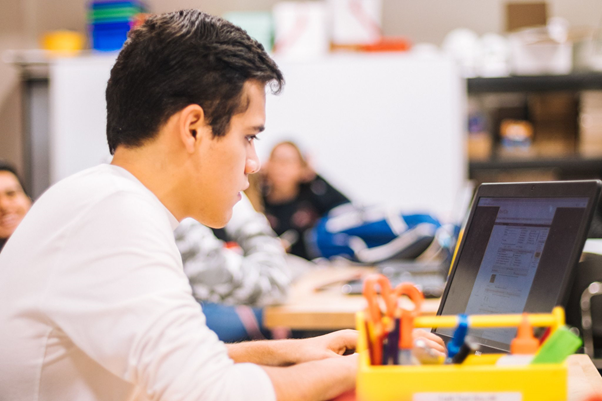 Photo source: https://unsplash.com/photos/IjYmtMogTlE
Photo source: https://unsplash.com/photos/IjYmtMogTlE
So you have probably heard about STEM, which stands for Science, Technology, Engineering, and Math.
These fields pay special attention to critical thinking, problem-solving, and innovation. As such, STEM makes a fast-growing industry.
For one, there is an increasing demand for scientific and technological innovations. More so in today's knowledge-based economies. That said, the need for a STEM-based education has also become higher.
This is why there is a growing number of educational institutions that offer STEM-related courses. And while it can be challenging to learn, there are engaging STEM curriculum and learning strategies you can do.
In this post, we have listed ten exciting STEM-related courses you can check out and what you should expect.
- 0 Comments
- Jul 16, 2021 10:00:00 AM
- Posted by Natalia Galvis
- Topics: EdTech, STEM, Education, teachers, students, Technology, Innovation, Edchat, Digital Technology, Educators, online, distance learning, lessons, Online Learning
5 Main Roles Of Artificial Intelligence In Education
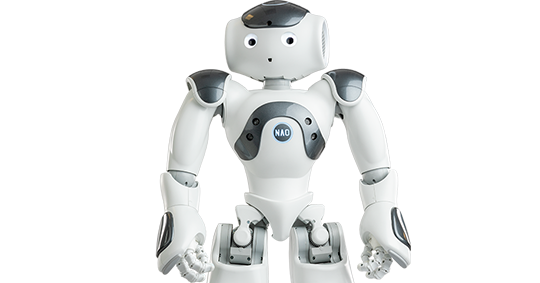
The global adoption of technology in education is transforming the way we teach and learn. Artificial Intelligence is one of the disruptive techniques to customize the experience of different learning groups, teachers, and tutors.
- 0 Comments
- Jul 15, 2021 10:00:00 AM
- Posted by Natalia Galvis
- Topics: EdTech, STEM, Education, teachers, students, Technology, Innovation, Edchat, Digital Technology, Educators, online, distance learning, lessons, Online Learning
Relevant Posts
- Augmented Reality: A Tool for Teaching Students Robot Programming
- Fostering Innovation Through Youth Education in STEM and EdTech
- How Parents Can Foster STEM Learning Beyond the Classroom
- How Robotics Cultivates a Deep Understanding of Mathematics in Students
- RobotLAB Receives EDTech Chronicle 2023 ‘BESTIE’ Award for Landmark Partnership with American Samoa Dept. of Education.
Subscribe to Email Updates
-
I Want To Learn MoreADDITIONAL INFORMATION
